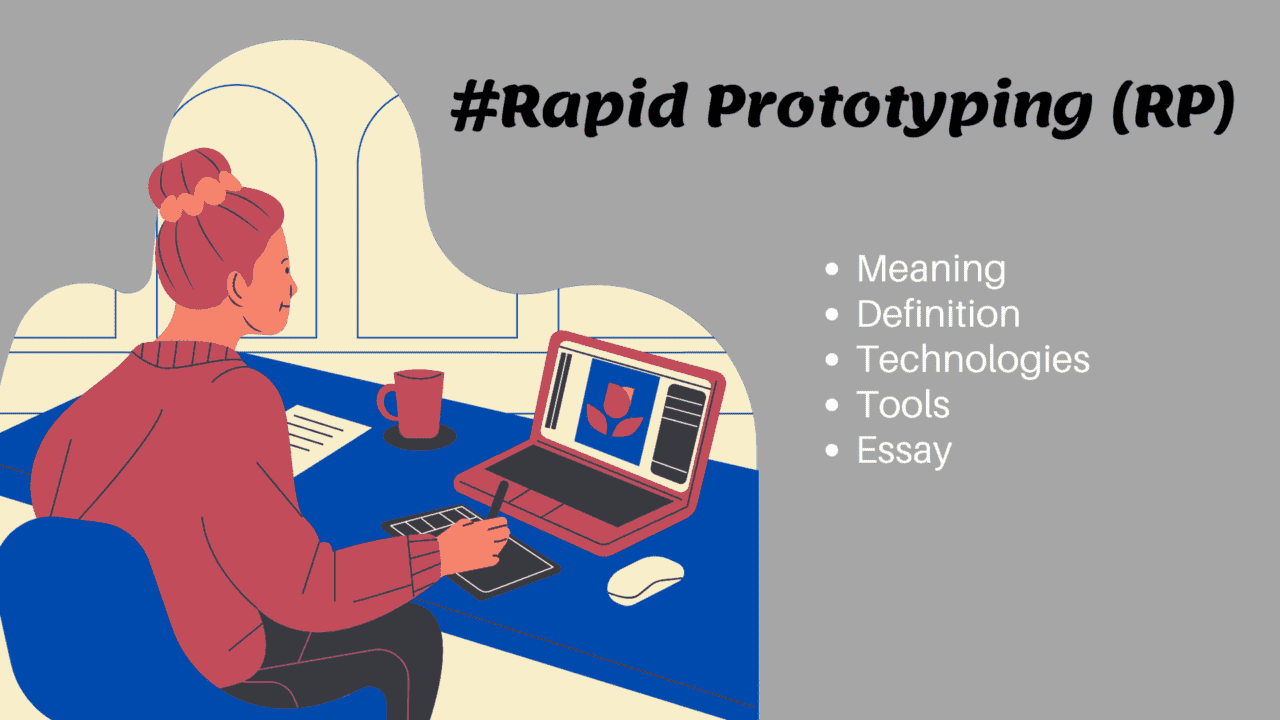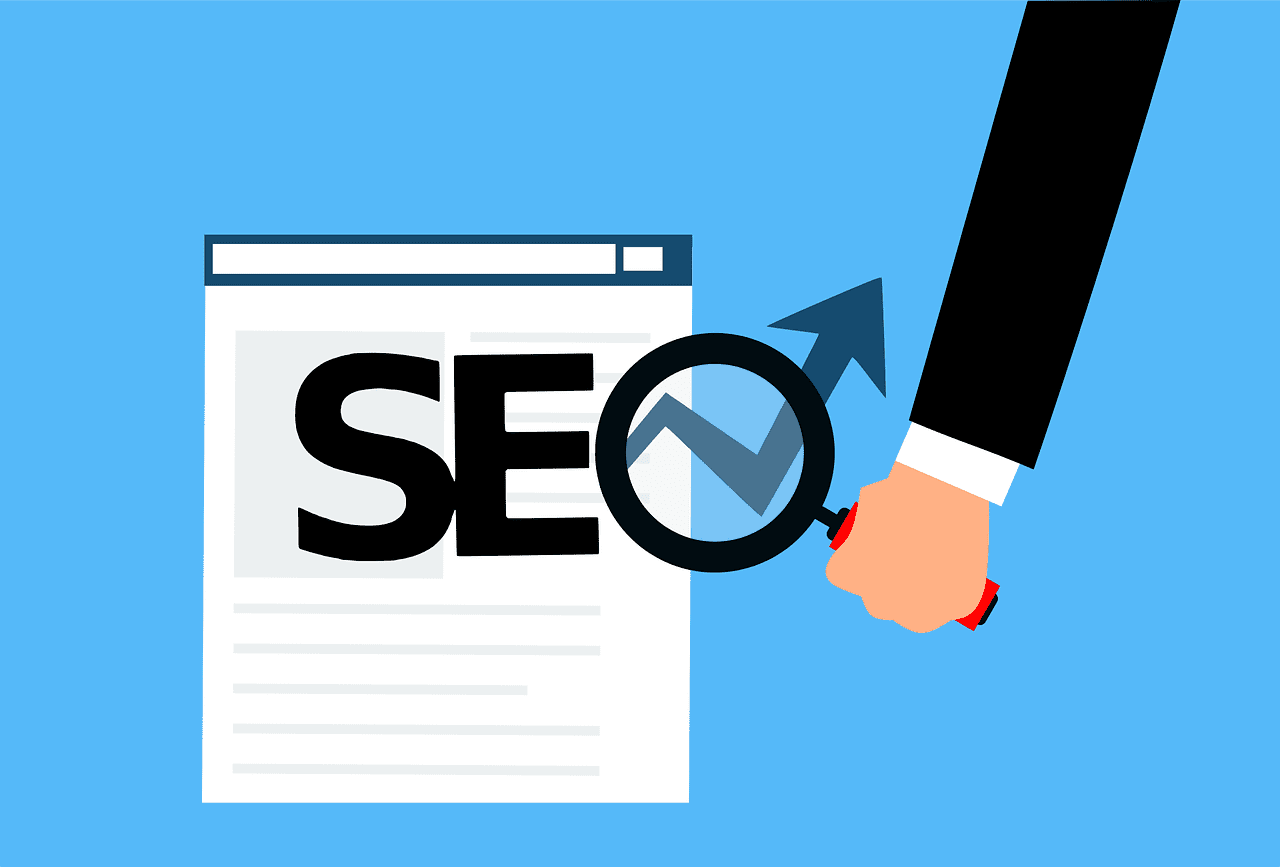Discover the significance of prompt engineering in enhancing interactions with AI systems. This technique, essential for effective communication, optimizes responses from AI models through thoughtful design of input queries. Learn best practices for crafting effective prompts, including specifics such as clarity and context, to improve user experiences in fields like customer service, content creation, and research. Explore future trends that promise to transform prompt engineering, including advancements in machine learning and adaptive prompting methods, ensuring that users can leverage AI technologies effectively for diverse applications.
What is Prompt Engineering?
Prompt engineering is a technique within the broader scope of artificial intelligence (AI) and natural language processing (NLP) that leverages designed prompts to elicit specific responses from AI models. It involves the strategic crafting of input queries or statements to optimize the output generated by these systems, thereby enhancing their effectiveness. In essence, prompt engineering aims to bridge the gap between human language and machine interpretation, ensuring that AI systems can better understand and respond to user intentions.
The significance of prompt engineering lies in its ability to enhance communication with AI systems, making them more responsive and aligned with user needs. As AI applications proliferate across various industries, including customer service, content creation, and research, the importance of effective prompts cannot be overstated. A well-designed prompt can guide the AI toward providing the most relevant information or generating coherent content, thus improving user experiences and outcomes.
In customer service, for instance, prompt engineering allows agents to create specific questions that lead to concise, helpful responses from AI chatbots. This fosters efficient interactions and supports customer satisfaction. Furthermore, in the realm of content creation, prompt engineering helps writers generate ideas, refine topics, and even draft passages by stimulating the AI’s capabilities to generate creative text based on finely tuned prompts. In research, academic professionals can utilize prompt engineering techniques to derive insights and summaries that synthesize complex information efficiently.
As AI continues to evolve, mastering the art of prompt engineering will be vital for maximizing the potential of these technologies. By understanding how to craft effective prompts, users can significantly enhance their interactions with AI systems and capitalize on the multifaceted applications of this influential technique.
The Importance of Effective Prompt Design
Effective prompt design is a cornerstone of successful interactions with artificial intelligence systems. The quality of the prompt significantly influences the accuracy and relevance of the AI’s responses. When crafting prompts, aspects such as specificity, clarity, and context play vital roles in determining the performance outcomes. A well-structured prompt can guide the AI towards generating information that aligns closely with user expectations, while poorly designed prompts can lead to ambiguity and irrelevant results.
Specificity is crucial in prompt design; it ensures that the AI understands the user’s request without confusion. For instance, asking “What are the benefits of exercise?” is more effective than simply stating “Exercise.” The former request provides clear direction for the AI, enhancing the likelihood of generating comprehensive and pertinent information. In contrast, an ambiguous prompt may result in a generic answer that does not satisfy the user’s inquiry.
Clarity is equally important. A prompt that is clear and straightforward reduces cognitive load for the AI, allowing it to focus on generating the most relevant responses. For example, a prompt like “List three key advantages of renewable energy sources” clearly delineates the expected deliverables. On the other hand, unclear prompts such as “Tell me about energy” can lead to a multitude of potential interpretations, yielding less targeted results.
Context also plays a significant role in effective prompt design. Providing contextual information can help narrow down the information generated by the AI. For instance, specifying the context—such as “in the context of environmental sustainability”—will assist the AI in delivering more precise and informative answers. By ensuring that prompts encapsulate specificity, clarity, and context, users can greatly improve the quality of their interactions with AI systems, leading to outcomes that better meet their needs.
Best Practices for Crafting Prompts
Effective prompt engineering is crucial for optimizing interactions with AI models. To ensure maximum efficacy, it is important to adopt specific best practices when crafting prompts. One key strategy involves the use of precise language. Being clear and specific about what is expected from the AI can significantly enhance its responses. Vague language can lead to misunderstandings, so it is essential to articulate thoughts clearly, reducing opportunities for misinterpretation.
Incorporating relevant context into prompts is another vital approach. Providing the AI with sufficient background information helps it generate more accurate and relevant outputs. For instance, if the topic is complex or nuanced, including additional details enables the model to produce a more tailored response. This context can be in the form of examples, constraints, or specific instructions that guide the AI in fulfilling the user’s needs effectively.
Experimentation with different formats is also encouraged in prompt engineering. Various structures might elicit distinct responses from the AI, and testing these formats can reveal which works best for a specific type of query. It is advisable to try open-ended questions, declarative statements, or even requests for lists to determine the most productive method for particular scenarios. Additionally, feedback from users can provide insight into the effectiveness of prompts, allowing for continuous refinement.
Moreover, understanding the capabilities and limitations of the AI is fundamental when designing prompts. Different models have varying strengths, and recognizing these can guide users in generating requests that align with the model’s proficiency. For example, while some models excel in creative writing, others are better suited for factual responses. This awareness not only fosters improved interactions but also helps align expectations with potential outcomes.
Future Trends in Prompt Engineering
As the field of artificial intelligence continues to evolve, prompt engineering is poised to undergo significant transformations. One of the most notable trends is the integration of more advanced AI models. Recent advancements in natural language processing (NLP) have led to the development of state-of-the-art models that are increasingly capable of understanding context and nuances in human language. These enhanced capabilities will allow for more sophisticated prompt design that can yield more accurate and relevant outputs.
Another anticipated trend is the refinement of adaptive prompting techniques. This approach involves developing prompts that can adjust dynamically based on user input and contextual factors. Such adaptability could facilitate personalized user experiences, making AI tools more responsive to individual needs and preferences. By employing context-aware prompts, businesses and individual users can optimize the effectiveness of AI interactions, ultimately leading to improved outcomes.
Moreover, the role of machine learning in optimizing prompt design will likely become more prominent. Techniques such as reinforcement learning can be employed to evaluate the effectiveness of different prompts and identify the most successful formulations. By analyzing user interactions, AI systems can learn which prompts yield the best results, thus continually refining their approach. This iterative process of learning and adaptation is expected to enhance the overall efficiency of prompt engineering.
These advancements hold promise not only for technology companies but also for various industries, including healthcare, finance, and customer service. As organizations embrace these innovations, they will potentially achieve more engaging and productive interactions with AI systems. Consequently, the future of prompt engineering appears bright, with exciting developments on the horizon that will transform how users leverage AI technologies.
Prompt Engineering Techniques and Examples
Prompt engineering is an essential skill for optimizing interactions with AI models. Here are some effective techniques along with examples to illustrate their application:
1. Be Clear and Specific
Technique: Ensure your prompts are specific and clear to avoid ambiguous responses. The more detailed the prompt, the better the AI can understand and provide relevant output.
Example:
- Ambiguous: “Tell me about renewable energy.”
- Specific: “Explain three benefits of using solar energy in residential areas.”
2. Incorporate Context
Technique: Providing context helps the AI narrow down its responses to what is most relevant.
Example:
- Without Context: “How effective are vaccines?”
- With Context: “How effective are mRNA vaccines in preventing COVID-19 among adults?”
3. Use Step-by-Step Requests
Technique: Break complex queries into simpler, step-by-step instructions to get more structured and comprehensive answers.
Example:
- Complex: “Describe the process of photosynthesis.”
- Step-by-Step: “First, explain the role of chlorophyll in photosynthesis. Then, describe how sunlight is used in the process. Finally, detail the conversion of carbon dioxide and water into glucose and oxygen.”
4. Experiment with Different Formats
Technique: Try various prompt formats to elicit different types of responses from the AI.
Example:
- Open-ended Question: “What are some innovative uses of AI in healthcare?”
- Declarative Statement: “List five innovative uses of AI in healthcare.”
- Request for a List: “Provide a list of innovative uses of AI in healthcare.”
5. Leverage Examples
Technique: Use examples to guide the AI toward the type of response you expect.
Example:
- Without Example: “Write a short story about a hero.”
- With Example: “Write a short story about a hero who saves a village from a natural disaster, similar to how firefighters save towns from wildfires.”
6. Utilize Constraints
Technique: Add constraints to your prompts to filter out irrelevant information and focus on desired outcomes.
Example:
- Without Constraint: “Discuss the impact of technology on education.”
- With Constraint: “In 300 words, discuss the positive impact of technology on remote learning for university students.”
7. Analyze and Iterate
Technique: Continuously analyze the AI’s responses and refine your prompts accordingly to improve output quality.
Example:
- Initial Prompt: “What are some uses of AI?”
- Refined Prompt: After observing broad responses, refine to “What are some applications of AI in the medical field?”
By mastering these techniques and applying them effectively, you can significantly enhance the quality of responses generated by AI models and optimize your interactions with these advanced systems.
10 Tips to Become a Better Prompt Engineer for Generative AI
- Understand the Model’s Capabilities:
Familiarize yourself with the strengths and limitations of the AI model you are working with. Different models excel at different tasks, and understanding these nuances will help you craft more effective prompts. - Be Clear and Specific:
Clarity and specificity in your prompts can significantly improve the AI’s responses. Avoid vague questions or statements that might lead to ambiguous answers. - Incorporate Context:
Provide as much relevant context as possible to guide the AI towards generating the most accurate and relevant output. Context helps narrow down the AI’s focus and produces higher quality responses. - Use Step-by-Step Requests:
Break down complex queries into step-by-step instructions. This technique can help the AI generate more coherent and structured responses. - Experiment with Different Formats:
Test various prompt formats such as open-ended questions, declarative statements, or lists to see which structure elicits the best responses for your needs. - Analyze and Iterate:
Continuously analyze the responses you receive and refine your prompts accordingly. Iterative improvement is key to mastering prompt engineering. - Leverage Examples:
Providing examples within your prompt can help guide the AI in understanding the type of response you’re looking for. Examples offer a frame of reference for the AI’s interpretations. - Utilize Constraints:
Incorporate specific constraints into your prompts to refine the AI’s output. Constraints can help in filtering out irrelevant information and focusing the AI on the desired outcome. - Ask for Feedback:
If possible, seek feedback from other users on the effectiveness of your prompts. Collaborative input can provide new perspectives and enhance the quality of your prompt design. - Stay Updated with Trends:
Keep abreast of the latest advancements in AI and natural language processing. Emerging trends and techniques can significantly improve your prompt engineering strategies.
By applying these tips, you can enhance your skills as a prompt engineer and optimize your interactions with generative AI models.



















